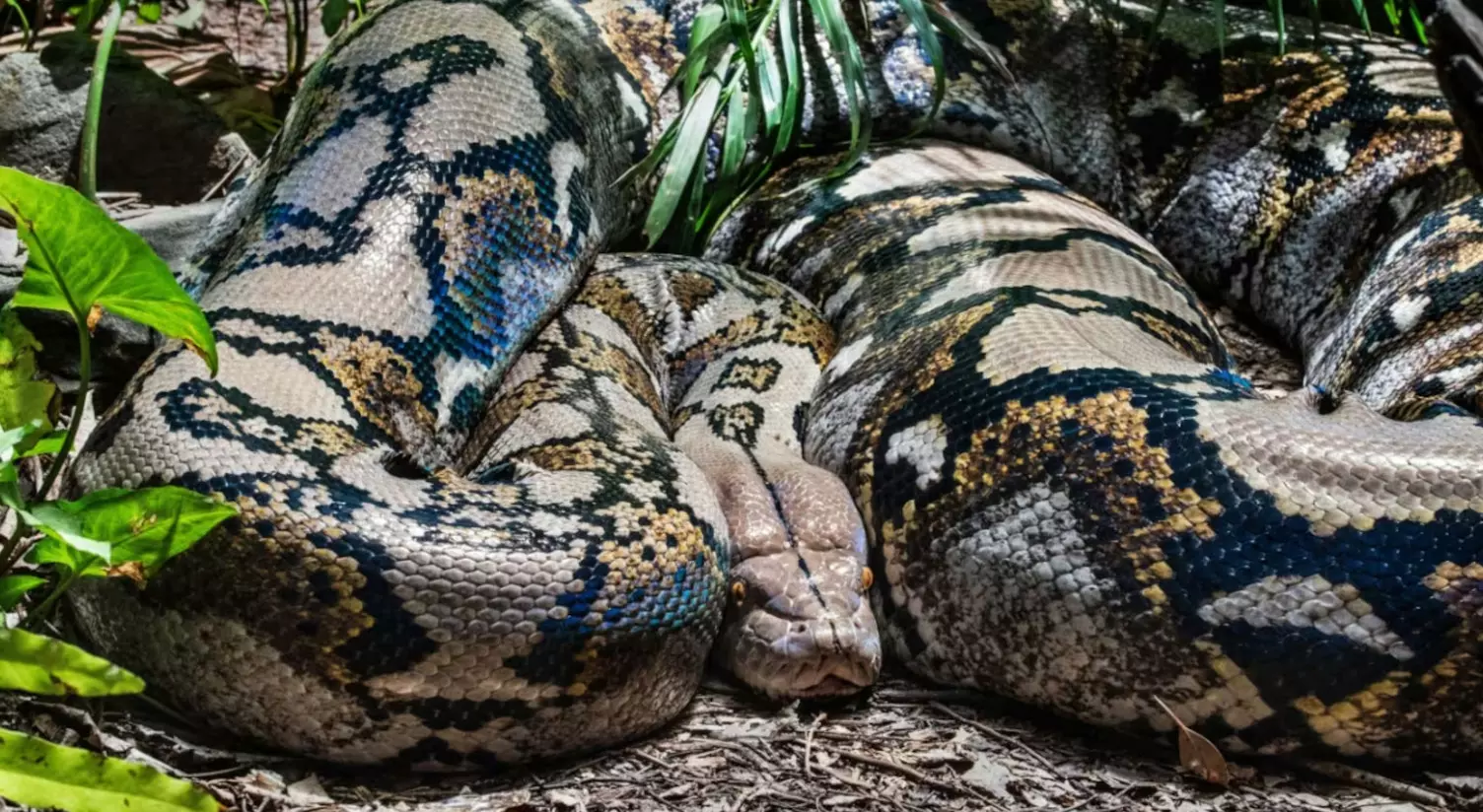TRENDING TAGS :
World's largest species of snake found in Amazon, know its specialty
Found in the rivers and wetlands of South America, these anacondas are known for their lightning speed and ability to kill by wrapping themselves around their prey, suffocating them and swallowing them whole.
Scientists have discovered a previously unknown species of giant anaconda in the Amazon. About which they say that it can grow up to 7.5 meters and weigh around 500 kilograms, making it the largest and heaviest snake known in the world so far. Until now, four species of anaconda were known, the largest of which – the green anaconda – inhabits tropical parts of South America such as the basins of the Amazon, Orinoco and Essequibo rivers, as well as some smaller watersheds.
Found in the rivers and wetlands of South America, these anacondas are known for their lightning speed and ability to kill by wrapping themselves around their prey, suffocating them and swallowing them whole. A newly published decades-long study has now found that green anacondas are two genetically distinct species.
Researchers working with the indigenous Waorani people caught and studied several specimens of the newly named northern green anaconda (Eunectes akayama) in the Bameno region of the Baihueri Waorani region in the Ecuadorian Amazon.
This species was found during the filming of National Geographic's Disney Plus series Pole to Pole with Will Smith.
Scientists have documented several anacondas of the new species. These hide in shallow water, lying in wait for prey, as they would canoes in the Amazonian river system. 'The size of these magnificent creatures was incredible – one female anaconda we encountered was an astonishing 6.3 meters long,' study co-author Brian Fry of the University of Queensland said in a statement. Anacondas in the area are more than 7.5 meters long and weigh about 500 kilograms. The new species, described in the journal Diversity, differs from the southern green anaconda previously known about 10 million years ago, differing genetically by 5.5 percent.
According to the researchers, the discovery is important for the conservation of anacondas, which are apex predators and vital to maintaining balance in their ecosystems. Scientists say healthy anaconda populations mean their ecosystem is vibrant with ample food resources and clean water, while declining numbers of snakes could indicate an environmental crisis.
Anacondas and their habitats are increasingly at risk from land fragmentation caused by industrial agriculture, wildfires, drought, climate change, as well as heavy metal pollution from oil extraction activities.



